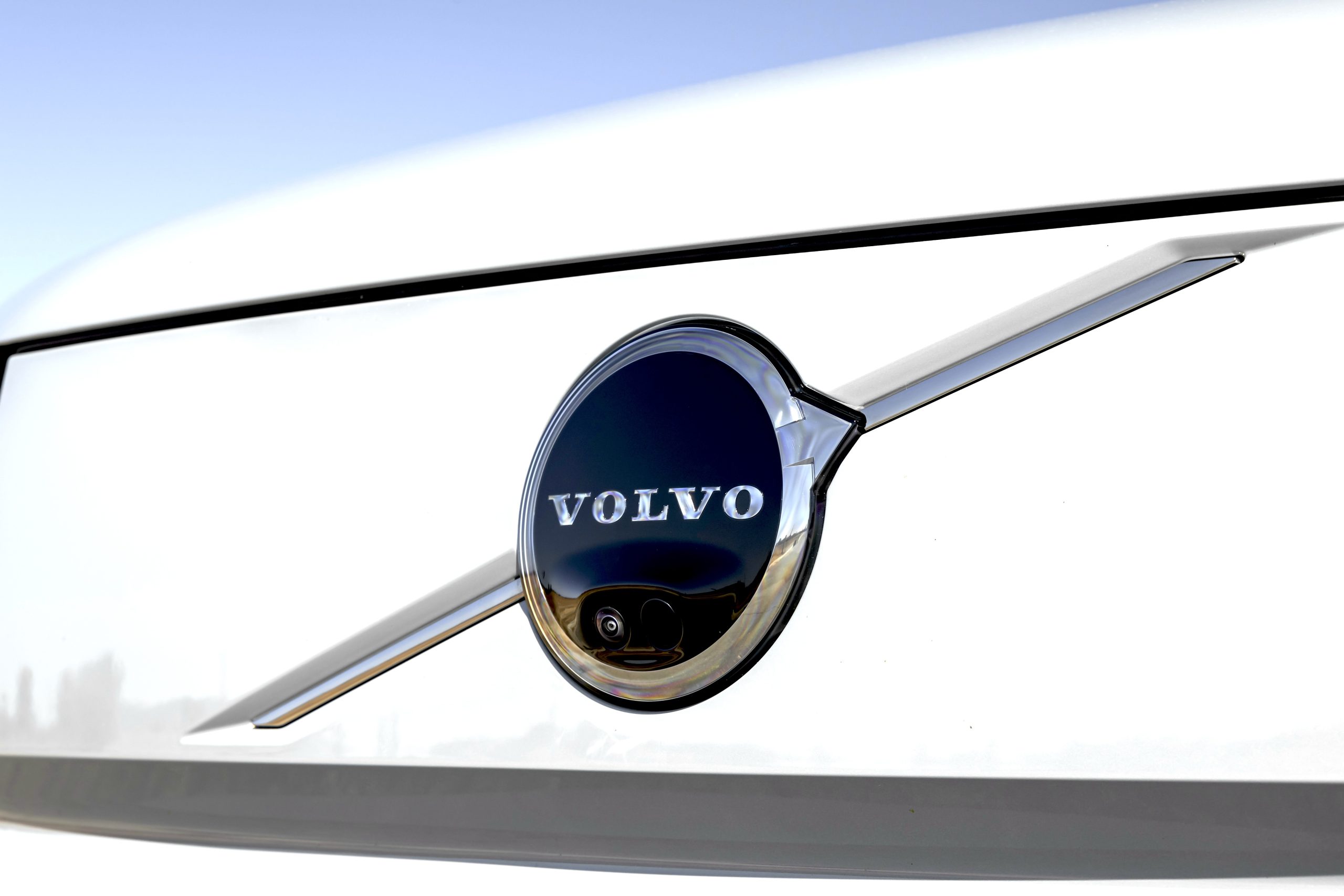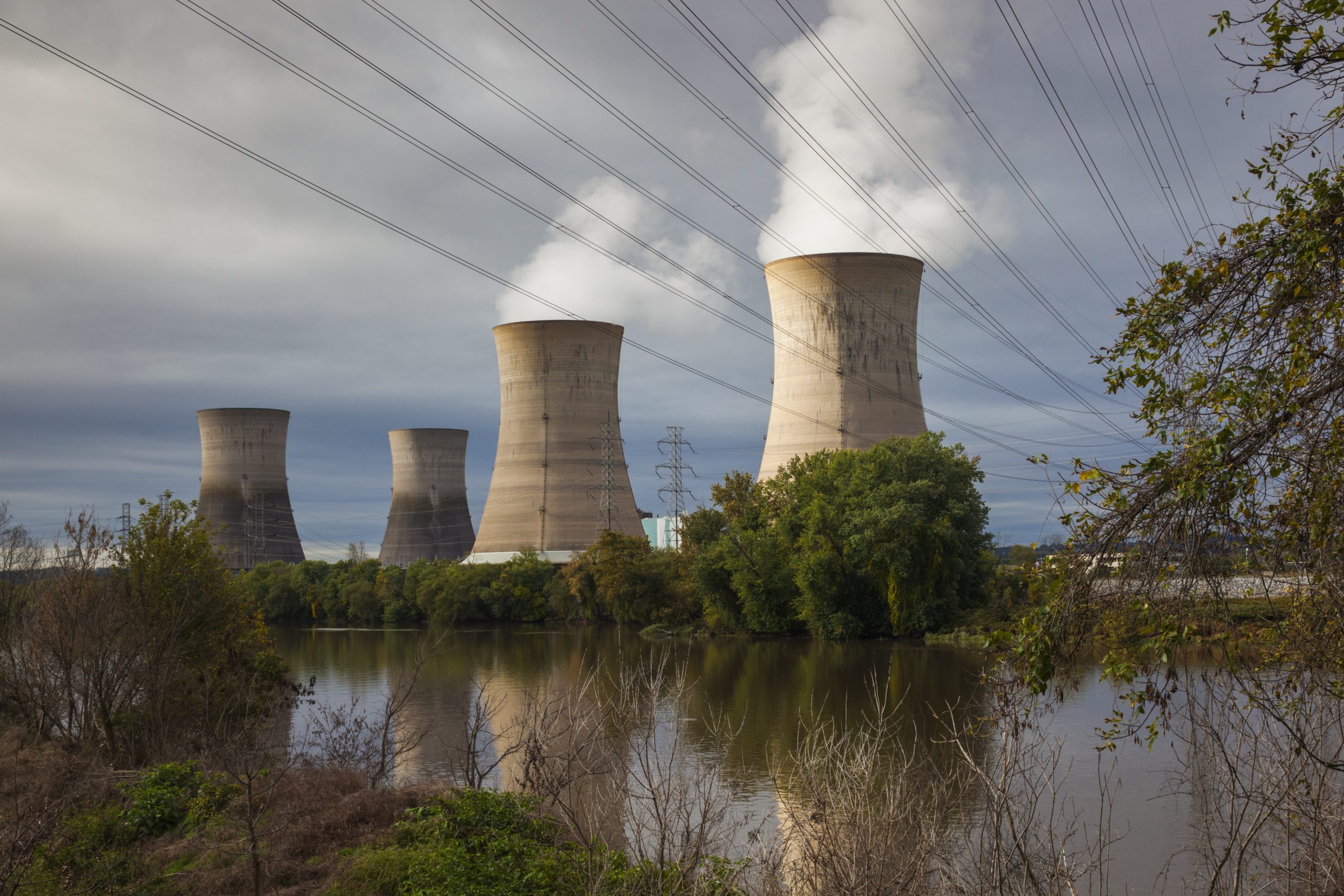
In a significant move reinforcing its long-standing commitment to hybrid technology, Toyota Motor Corporation announced a substantial investment of $912 million across five of its manufacturing facilities in the United States. This capital injection is specifically earmarked to significantly bolster the production capabilities for hybrid vehicles and their critical components, addressing a surging consumer demand for more fuel-efficient options. This latest financial commitment forms a crucial part of the Japanese automaker’s broader strategy to allocate up to $10 billion for U.S. operations over the next five years, signaling a deep-rooted belief in the American market and the enduring relevance of hybrid powertrains amidst a rapidly evolving global automotive landscape. The decision comes as the industry grapples with multifaceted challenges, including shifting governmental policies, the lingering impact of international tariffs, and the gradual phasing out of federal tax incentives for purely electric vehicles.
A Legacy of Electrification
Toyota’s strategic focus on hybrids is not a recent development but rather a continuation of a pioneering vision that dates back decades. The company revolutionized the automotive world with the introduction of the Prius in 1997 (launched in the U.S. in 2000), making hybrid technology accessible to the mass market. At a time when climate change and fuel efficiency were emerging concerns, the Prius offered a compelling solution, blending a gasoline engine with an electric motor to deliver superior mileage and reduced emissions compared to conventional internal combustion engine (ICE) vehicles. Its initial reception was met with a mix of curiosity and skepticism, but the vehicle quickly gained traction, particularly among environmentally conscious consumers and those seeking relief from volatile fuel prices.
Over the subsequent two decades, Toyota meticulously refined and expanded its hybrid offerings. What began as a single, distinctive model evolved into a diverse portfolio, integrating hybrid powertrains across popular sedans like the Camry and Corolla, SUVs such as the RAV4 and Highlander, and even venturing into minivans and luxury Lexus models. This widespread adoption cemented Toyota’s position as a global leader in hybrid vehicle sales and technology. The company’s reputation for reliability, coupled with the practical benefits of hybrids—no range anxiety, no reliance on charging infrastructure, and immediate fuel savings—has resonated strongly with a broad segment of the driving public, establishing a robust market foundation for its current expansion efforts. This extensive history provides a strong foundation for the company’s continued investment, demonstrating a proven track record in a segment that many competitors initially overlooked in favor of immediate full-electric transitions.
Strategic Investments Across the Heartland
The $912 million investment will be strategically distributed among Toyota’s operational hubs in West Virginia, Kentucky, Mississippi, and Missouri. These funds are primarily directed toward establishing new production lines and upgrading existing infrastructure to handle the complex manufacturing requirements of hybrid vehicle components. A significant portion, approximately $125 million, is specifically allocated to enable the domestic production of a hybrid-electric version of the venerable Toyota Corolla. This marks a pivotal moment, as it will be the very first time this highly popular compact car will be assembled with a hybrid powertrain within the United States, underscoring a commitment to localize hybrid manufacturing.
The largest individual investment, a substantial $453 million, is slated for the Toyota Buffalo plant in West Virginia. This facility is set to become a powerhouse for critical hybrid components, expanding its capacity for 4-cylinder hybrid-compatible engines, sixth-generation hybrid transaxles, and rear motor components known as stators. These elements are the heart of Toyota’s hybrid synergy drive system. The transaxle, a sophisticated gearbox that integrates the electric motors and manages power distribution, is crucial for seamless transitions between electric, gasoline, and combined power modes. Stators, which are stationary parts of an electric motor, are fundamental for generating the electromagnetic field that drives the electric motor, playing a direct role in the vehicle’s electric propulsion and regenerative braking capabilities. By enhancing the domestic production of these intricate components, Toyota aims to strengthen its supply chain, improve efficiency, and respond more agilely to market demands for its diverse range of hybrid vehicles. The investments across other states will also focus on similar component expansion and assembly line enhancements, creating a cohesive network for hybrid vehicle manufacturing.
Navigating a Shifting Automotive Landscape
Toyota’s substantial investment in hybrid production occurs at a particularly dynamic juncture for the global automotive industry. While many manufacturers are heavily channeling resources into battery electric vehicles (BEVs) as the ultimate zero-emission solution, Toyota has consistently advocated for a "multi-pathway" approach to decarbonization. This strategy acknowledges that the transition to an all-electric future may be more gradual and complex than often portrayed, requiring a diverse portfolio of powertrain technologies, including hybrids, plug-in hybrids (PHEVs), fuel cell electric vehicles (FCEVs), and BEVs.
This diversified strategy appears particularly prescient given recent market shifts and policy changes. The automotive industry has been contending with the ramifications of various trade tariffs, which can complicate international supply chains and impact vehicle pricing. Furthermore, the expiration of certain federal tax credits for electric vehicles has altered the financial calculus for potential EV buyers, potentially dampening demand for some models. These factors, combined with persistent concerns among consumers regarding BEV charging infrastructure availability, range anxiety, and the higher upfront cost of many electric models, have created a fertile ground for hybrid vehicles. Hybrids offer a compelling middle ground: improved fuel efficiency and reduced emissions without the need for significant behavioral changes or reliance on a nascent charging network. This practical appeal resonates with a broad consumer base that desires environmental benefits and lower running costs but may not yet be ready for the full commitment to a BEV.
Economic and Environmental Ripples
The ripple effects of Toyota’s substantial U.S. investment extend beyond its factory gates. The capital infusion is expected to create new job opportunities and secure existing positions across the five affected states, providing a significant economic boost to local communities. Manufacturing facilities often serve as anchors for regional economies, stimulating growth in ancillary industries and supporting local businesses. This commitment to domestic production also helps to fortify the broader U.S. manufacturing base and enhance supply chain resilience, reducing potential vulnerabilities associated with relying solely on international component sourcing.
From an environmental perspective, while hybrids are not zero-emission vehicles, they play a crucial role in reducing overall carbon footprints compared to conventional gasoline-powered cars. By improving fuel economy and enabling periods of electric-only driving, hybrids contribute to lower greenhouse gas emissions and reduced reliance on fossil fuels. In the interim period, as global energy grids transition to cleaner sources and charging infrastructure expands, hybrids offer an immediate, practical step towards decarbonization for millions of drivers. Their widespread adoption can collectively lead to substantial reductions in urban air pollution and national fuel consumption, serving as a vital bridge technology on the path to a fully sustainable transportation system.
Toyota’s Multi-Pathway Vision
Toyota’s unwavering commitment to hybrids can be viewed through the lens of a calculated, long-term strategy rather than a resistance to electrification. While critics sometimes suggest Toyota is lagging in the BEV race, the company’s leadership has consistently argued that the global transition to sustainable mobility will not be a monolithic shift. Instead, they envision a future where different technologies cater to varying regional needs, infrastructure capabilities, and consumer preferences. This "multi-pathway" approach is designed to mitigate risks associated with betting exclusively on a single technology, especially given the uncertainties surrounding raw material availability for batteries, the pace of charging infrastructure development, and the eventual cost parity between BEVs and ICE vehicles.
By doubling down on hybrids, Toyota aims to capture a significant portion of the market that seeks cleaner, more efficient vehicles without the perceived compromises of current BEVs. This strategy allows the company to continue generating revenue and profits from a proven technology while simultaneously investing in the development and scaling of its next-generation BEVs and other advanced propulsion systems. Industry analysts often comment that this approach provides Toyota with a robust hedge against an unpredictable future, positioning it to adapt quickly to whatever technological and market dynamics ultimately prevail.
The Road Ahead for Electrified Vehicles
The announcement of nearly a billion dollars dedicated to hybrid expansion in the U.S. underscores Toyota’s conviction that hybrid vehicles will remain a cornerstone of the automotive market for the foreseeable future. It reflects an understanding of current consumer needs and the practical realities of a global energy transition. As the automotive industry continues its journey toward electrification, the role of hybrid technology as a vital intermediary, offering a blend of efficiency, convenience, and environmental benefits, appears increasingly significant. Toyota’s investment not only solidifies its market leadership in this segment but also signals a broader trend: a nuanced approach to sustainability that acknowledges diverse pathways to a greener automotive future. The implications for consumers will be a wider selection of fuel-efficient vehicles, while the industry will continue to debate the optimal pace and direction of its transformative journey.




